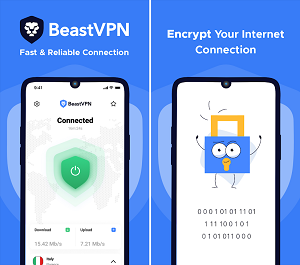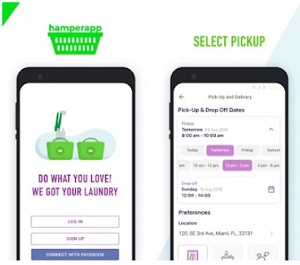With the streaming revolution less than a decade old, it can
be easy to underestimate how thoroughly smartphones and tablets have changed
our video-consuming habits. What was once firmly relegated to the home is now
accessible anywhere in the modern world, and with wireless Internet and Wi-Fi
services continuing to reach across the globe, the “modern world” will one day
soon encompass the entire planet.
While many people still prefer to watch movies, television,
and other streaming entertainment in the comfort of their living rooms, the
overall integration and familiarity of mobile devices has profoundly affected
how we watch video, even if we wait until we’re home to do it. If you’re
wondering if one day soon you’ll be placing your television in the same museum
as your home stereo system, here are 4 reasons why mobile may become the
dominant way that video is consumed:
Mobile Devices Are Becoming Popular In Countries Where
Television Never Became Common
The astonishingly-fast pace of modern technological
development has put certain developing countries through decades of progress in
a few short years. As a result, certain cultural norms that were standard
practice in nations that industrialized more slowly have been completely
skipped over, and one of these norms is watching video via television.
Smartphones are starting to thrive in places around the world that don’t yet
have paved roads, indoor plumbing, or even regular access to electricity,
allowing people to stream video when they have the battery life and Internet
access for it, leaving television screens completely out of the process.
Increased Familiarity And Dependence On Mobile Devices
Streaming video is now available on practically every
entertainment device on the market: Blu-ray players, digital cable boxes,
gaming consoles, traditional PCs, smartphones, tablets—even certain kitchen
appliances with digital functionality. However saturated the world is with entertainment
devices, a common fact of human nature is that we frequently use what we’re
familiar and comfortable with. For older generations, this usually means a
standard television or PC, but with many younger people—particularly Generation
Z, those born in 1995 or later—mobile devices are their primary way of
accessing the Internet, and consequently become their preferred method for
video streaming.
Mobile Streaming Apps Are Constantly Improving And Increasing
A short time ago, serious video streaming was the realm of
Netflix, YouTube, Hulu, and a handful of other outlets. Now, it seems like
every major entertainment source has an app for video streaming, including many
cable and satellite companies. When even the former kings of the living room
make it possible for you to take your entertainment with you on the go, you
know that the world has gone mobile.
The Internet Now Has An Infrastructure Where Video Streaming Is
Common And Expected
Catching 90-second YouTube clips via email forwards,
watching instructional videos and teleconferencing at work, and our overall
experience with streaming on the Internet has made it common practice to watch
video anytime we’re online. This same infrastructure—which was originally
developed to support short videos and summarized clips of news and
entertainment—created the perfect network for streaming long form video, such
as television shows and movies. The cultural acceptance of watching video online—combined
with the technology that makes the requisite broadband speeds possible—has
created an environment where consuming video on mobile devices is perfectly
natural and accepted, and one day soon may even be the dominant method
worldwide.
Time will tell if mobile devices become the culturally
preferred method for video streaming; and indeed if such a change does occur,
it may be primarily the result of generational upheaval, as those born with
tablets or smartphones in their hands grow into adulthood and become the
dominant consumer base that drives marketing trends. But in the meantime,
mobile video streaming has spread throughout the entire world, and will likely
continue its exponential growth.
Author bio:
John is a blogger who still remembers attempting to streaming movie trailers on a 33k dial-up modem. He writes for protectyourbubble.com, an Internet insurer that can protect your mobile device from drops, spills, theft, loss, and everything else that can happen while you’re watching your favorite shows on the go.



